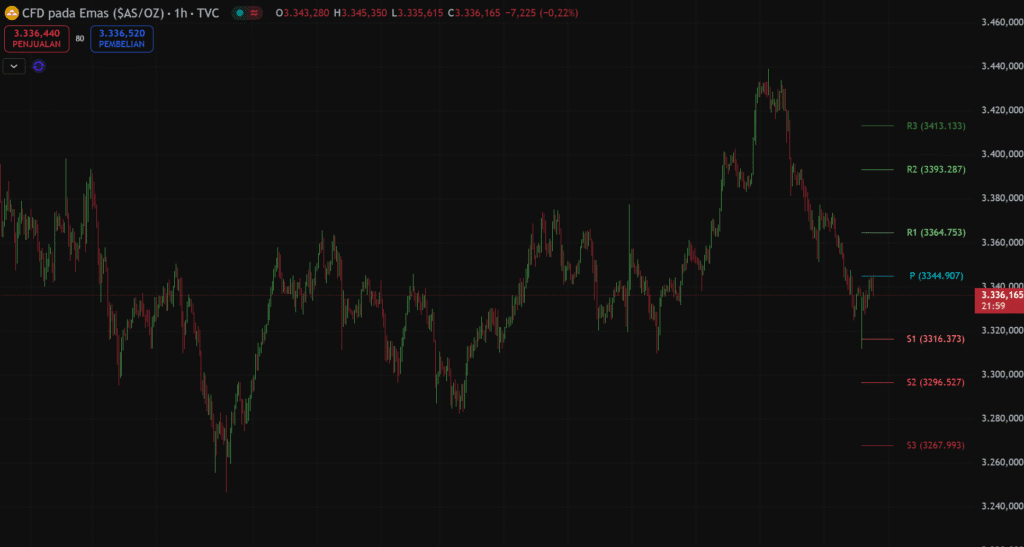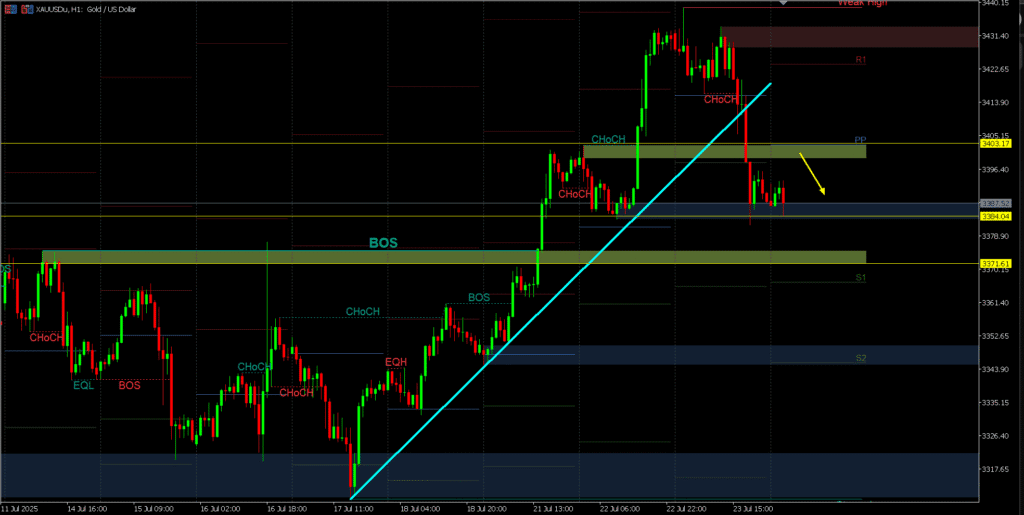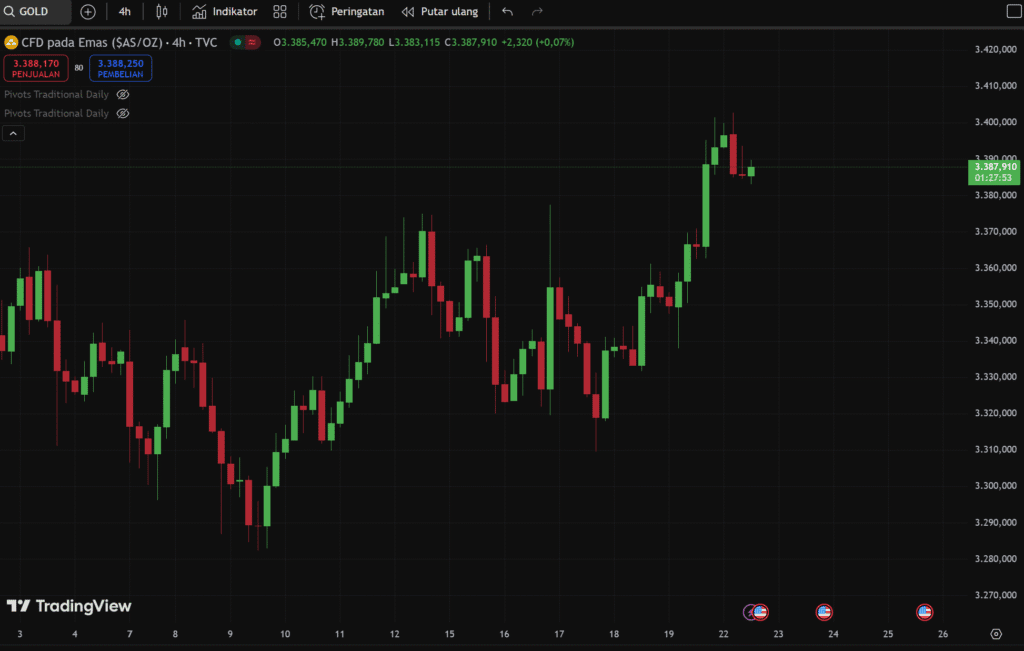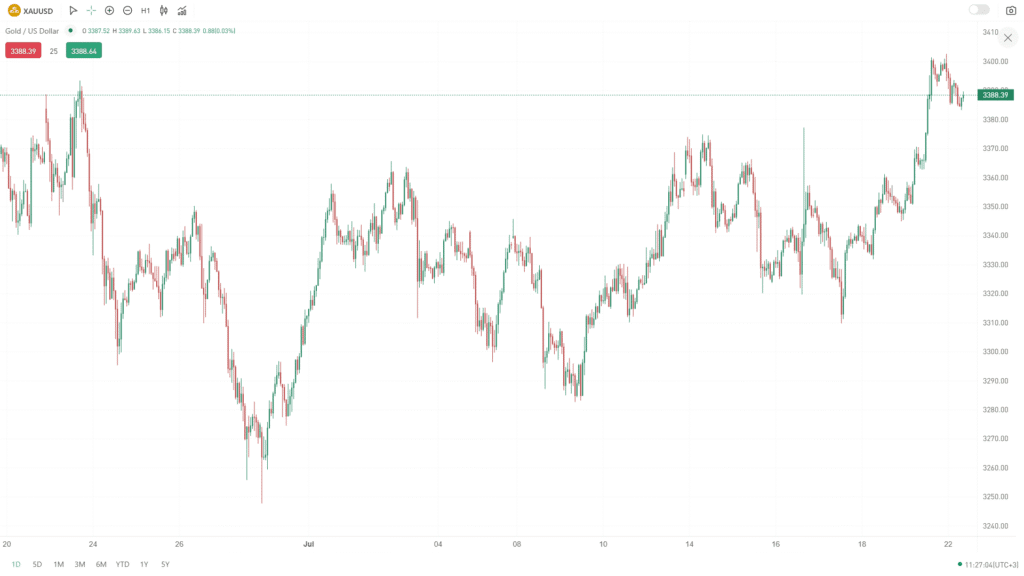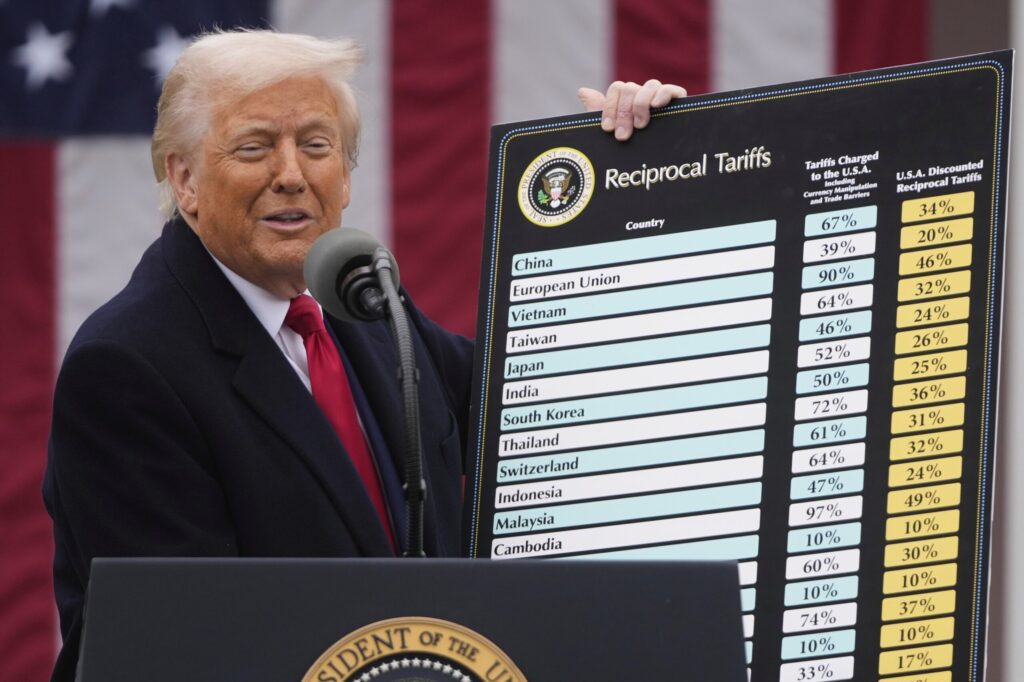 |
| Gold V.1.3.1 signal Telegram Channel (English) |

U.S. Bond Market Volatility Spurs Investor Concerns as Foreign Holders Cut Back and Yields Rise, Challenging Safe-Haven Status
2025-04-30 @ 11:33
U.S. Treasuries Have Lost Their Halo—Here’s Why Investors Are Rethinking the “Risk-Free” Label
U.S. government bonds are once again making headlines—but not for the usual reasons. Long considered one of the world’s safest investments, Treasuries are now facing a credibility crisis, challenged by rising yields, wavering foreign demand, mounting policy uncertainty, structural inflation, and long-term fiscal risks.
In recent weeks, the yield on 10-year Treasuries nearly touched 4.3%, with the 30-year briefly approaching 5%—levels not seen in years. But this isn’t just about shifting Fed expectations. A series of political and economic developments, including controversial tariff proposals from the White House, have rattled market confidence. Within just three days in mid-April, the 10-year yield spiked by over 50 basis points—a record-setting move in the 21st century.
Beneath the surface lies a broader problem: structural cracks in the foundation of what was once seen as the ultimate safe haven asset. Talk of abolishing the U.S. debt ceiling has stirred doubts about fiscal discipline. Even though the Treasury Department ruled out forced debt extensions, demand in April’s 30-year bond auction fell noticeably, especially from international investors. The message is clear—Treasuries may not be immune to risk, even without default.
The situation is further complicated by awkward data signals. Durable goods orders are surging, suggesting strong economic activity. But in reality, businesses may simply be front-loading imports ahead of expected tariffs. Meanwhile, wage and employment data in the services sector continue to reflect tight labor market conditions. This divergence from core PCE inflation numbers suggests that underlying inflation may be more persistent than policymakers hoped—putting the Fed in a tough spot.
Foreign appetite for long-dated Treasuries is shrinking. Since April, official foreign institutions have offloaded nearly $50 billion in U.S. long bonds—the largest single-month reduction since 2016. With global investors stepping back, market liquidity is thinning, while volatility in what was once a bastion of stability has begun to rival that of tech stocks. As a result, long-duration Treasuries are being revalued, not as safety assets, but with greater risk premiums.
With long bonds losing appeal, capital is pivoting toward the short end. Analysis from Vanguard shows that Treasuries under two years are now offering relatively better risk-adjusted returns, drawing increased institutional interest. According to State Street, money market funds saw $230 billion in inflows in April alone, with over 60% allocated to instruments maturing within a year. In a persistently inverted yield curve environment, investors are locking in short-term returns while avoiding duration and credit risk.
For sophisticated investors, this shift feels more seismic than cyclical. Ray Dalio, founder of Bridgewater Associates, recently warned that a real 10-year yield above 2.5% could trigger widespread repricing in corporate and municipal debt, exposing other asset classes to elevated default risk. Indeed, risk premiums on BBB-rated corporate bonds have risen notably—a sign that markets are preparing for tougher conditions ahead.
The Fed is now under intense pressure. With inflation proving sticky and elections looming, expectations for a rate cut in June are building. However, policymakers remain cautious. The Fed’s own March projections scaled back the expected number of cuts for the year from four to just two. Core inflation remains uneven—tariffs are pushing consumer prices up, while rent and healthcare costs show signs of cooling. Together, this adds a significant layer of policy uncertainty.
At the same time, the Treasury’s debt issuance strategy is being tested. To accommodate rising deficits and debt loads, 30-year bond auctions have moved from quarterly to bimonthly. Yet, despite the increased frequency, April’s issuance showed a notable tail premium—highlighting mismatches between government funding needs and actual demand. Interest expenses for Q1 alone consumed nearly 20% of federal revenue, with the annual total expected to exceed $1.2 trillion for the first time—leaving less room for future maneuvering.
Globally, capital flows are shifting. Japanese insurers are reducing their exposure to foreign debt. Central banks in Europe are upping their gold reserves. Emerging markets in Latin America and Asia are diversifying their holdings, with Brazil recently raising its cap on RMB-denominated assets to 15%. The BIS has also reported an uptick in cross-border digital payment tests—early moves by monetary authorities to reduce reliance on the dollar-dominated settlement system.
All told, Treasuries are unlikely to be dethroned as the world’s primary reserve asset in the near term. But their status as “risk-free” is no longer a given. With foreign holdings reaching historic lows and volatility climbing, markets are fundamentally rethinking how to price the security and stability of U.S. debt. For investors, that means reassessing asset allocations, risk models, and their broader macro view. U.S. Treasuries are still important—but they’re no longer bulletproof.


